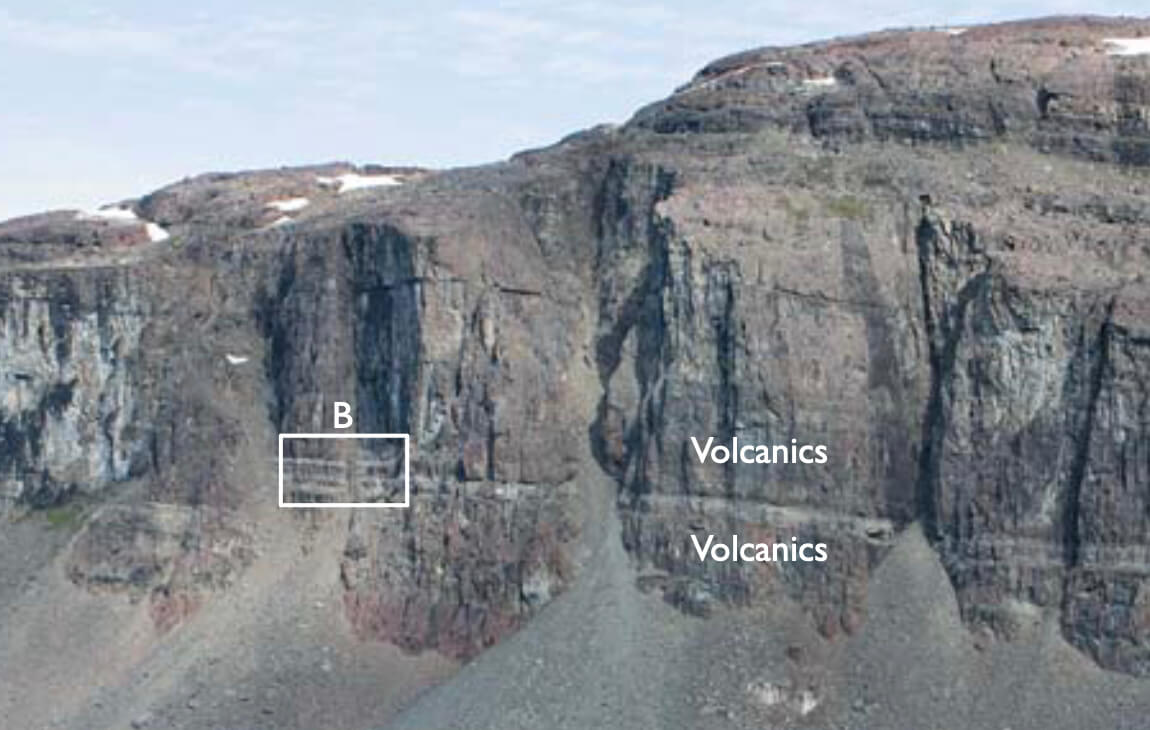
How to Cite
Share
Abstract
Establishment of robust reservoir models and estimates of subsurface hydrocarbon volumes in relatively unknown subsurface settings can be improved by using data from field analogues. The discovery of the Rosebank oilfield in the Faroe–Shetland Basin showed that intrabasaltic sandstones can form important hydrocarbon reservoirs in volcanic basins (Helland-Hansen 2009). The Sødalen region in southern East Greenland (Fig. 1) forms an excellent field analogue to the Rosebank oilfield where contemporaneous Palaeogene sediments interbedded with lava units can be studied and sampled (Larsen et al. 1999). In this area many of the exposures are located along steep, inaccessible cliffs with excellent exposures that are ideal for 3-D photogeological studies based on digital high-resolution photographs taken from a helicopter.
How to Cite
Share
Copyright (c) 2010 Henrik Vosgerau, Pierpaolo Guarnieri, Rikke Weibel, Michael Larsen, Cliona Dennehy, Erik V. Sørensen, Christian Knudsen

This work is licensed under a Creative Commons Attribution 4.0 International License.
Downloads
Edited by Ole Bennike, Adam A. Garde and W. Stuart Watt
This Review of Survey activities presents a selection of 23 papers reflecting the wide spectrum of activities of the Geological Survey of Denmark and Greenland, from the microscopic to the plate-tectonic level. In addition, an obituary about the former director of the [...]









